#rallidae
Text

Common or Eurasian Coot (Fulica atra), family Rallidae, order Gruiformes, found across much of Eurasia, northern Africa, and Oceania, Australia and New Zealand
The remarkable feet of coots are fissipalmate (lobed/partially webbed), which help them swim and walk across soft mud (without sinking).
Coots are not ducks, but are more closely related to rails and gallinules/swamphens (and more distantly, cranes).
photograph by Pat L. on flickr
#coot#waterfowl#fulica#rallidae#rail#gruiformes#bird#ornithology#animals#nature#europe#asia#australia#africa
5K notes
·
View notes
Text

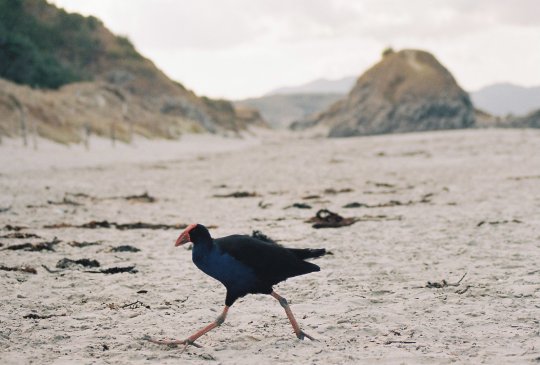

Pūkeko - 2020
#pūkeko#nature photography#film photography#photography#canon ae1#50mm#new zealand#100-300mm#gruiformes#rallidae#bird photography#birds#birdwatching
853 notes
·
View notes
Text

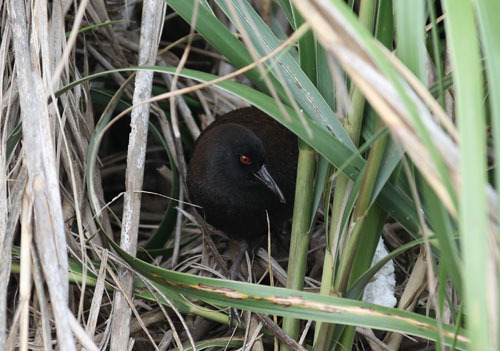

Access Denied: The Inaccessible Island Rail
The Inaccessible Island rail (Laterallus rogersi) is a rarely seen member of the rail family, Rallidae. Part of the reason for its obscurity is the place in which it resides: Inaccessible Island, part of the Tristan da Cunha archipelago in the southern Atlantic Ocean. These islands are extremely remote, and until 2019 it was unclear how L. rogersi even came to be there. We now know that the species colonized the island some 1.5 million years ago, originally coming in from South America and subsequently losing its ability to fly.
In addition to its unique evolutionary history, the Inaccessible Island rail's greatest claim is that it is the smallest flightless bird in the world. Individuals weigh between 35 to 49 g (1.2–1.7 oz) and can be 13 to 15.5 cm (5.1–6.1 in) long from beak to tail. Members of both sexes are dark brown with red eyes; some may have white striping along the underbelly or wings. Females tend to be slightly smaller and lighter in color than males.
The Inaccesible Island rail can be found on all habitats on the island in which it inhabits; these include low mountains and fern brush though the species is most abundant in the grasslands that grow close to the rocky shore. Within these habitats, L. rogersi is largely diurnal. They freely forage for invertebrates, including earthworms, beetles, and moths, as well as seeds and berries; as they have no natural predators they have few defenses against potential threats, although they can run extremely fast when alarmed.
Adults are highly territorial, and when two rivals of either sex encounter each other they will display by lowering their heads, circling each other, and calling loudly until one of them concedes. Males and females mate for life, and build nests in the tall grass. The breeding season is between October and January, in late summer, and females lay a clutch of 2 eggs. Both parents take turns incubating the eggs until they hatch. Chicks can be vulnerable to predation by the migratory brown skua, so parents guard the nest fiercely. The time it takes for chicks to fully mature is unknown, as is the average lifespan in the wild.
Conservation status: The Inaccessible Island rail is considered Vulnerable by the IUCN. The island's population is believed to stand at about 5,600 adult birds. While the island's ecology is currently stable, researchers believe the species would be seriously imperaled if invasive species such as house mice, feral cats and brown rats were introduced. Access to the island is currently restricted, and the island has been declared a nature reserve by the Tristan da Cunha Island Council.
If you like what I do, consider leaving a tip or buying me a kofi!
Photos
Peter G. Ryan
#inaccessible island rail#Gruiformes#Rallidae#rails#birds#islands#island birds#grasslands#grassland birds#Atlantic ocean#animal facts#biology#zoology
939 notes
·
View notes
Text

[1714/10977] Brown crake - Zapornia akool
Order: Gruiformes
Family: Rallidae (rails)
Photo credit: Rakesh Das via Macaulay Library
1K notes
·
View notes
Text

A weka, or Māori Hen (Gallirallus australis) inspects stones in Aotearoa
by Gregory "Slobirdr" Smith
#weka#rails#birds#gallirallus australis#gallirallus#rallidae#gruiformes#aves#chordata#wildlife: aotearoa#wildlife: oceania
291 notes
·
View notes
Text

American Purple Gallinule
146 notes
·
View notes
Text
Common moorhen (Gallinula chloropus) photos I took 09/03/2024, Cromford canal, Derbyshire, UK
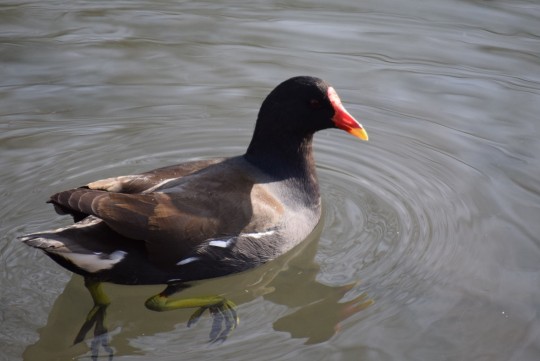

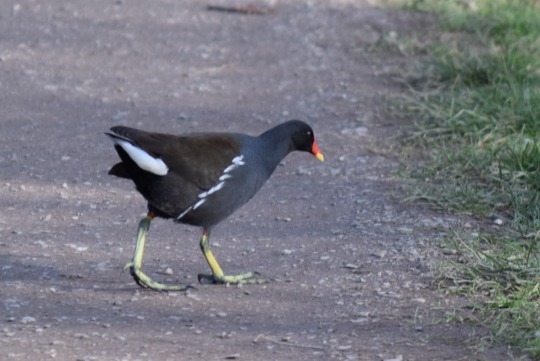
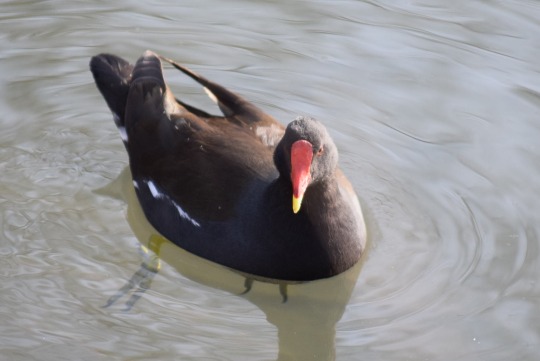
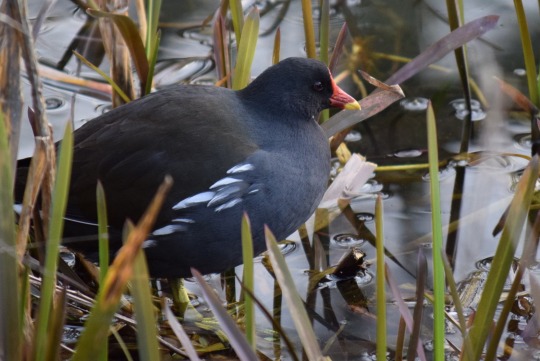
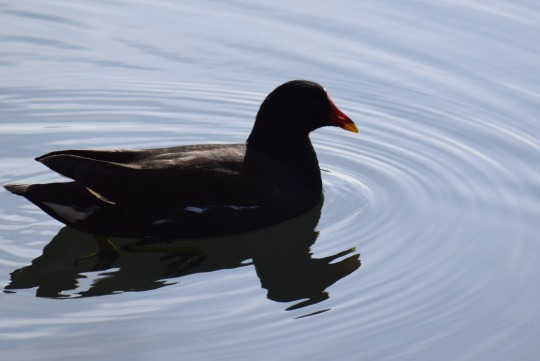



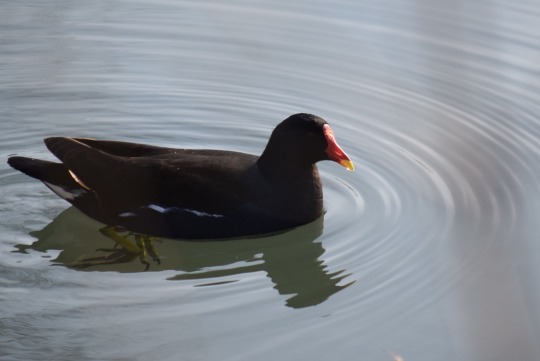
#nature#nature photography#animals#animal#wildlife#british nature#animal photography#wildlife photography#wild#wild animals#common moorhen#gallinula#moorhen#rails#rail#rallidae#gruiformes#water birds#bird watching#birding#birds#bird photography#birdwatching#bird#ornithology#british wildlife#british birds#wild animal#cute#adorable
56 notes
·
View notes
Photo

Grey-headed swamphen (Porphyrio poliocephalus) chick at the Wakodahatchee Wetlands in Florida, U.S.
Pedro Lastra
1K notes
·
View notes
Text

Reference photo from Weedon's World of Nature
#moorhen#common moorhen#gallinula chloropus#gallinula#rallidae#gruiformes#bird#birb#bird art#baby birds#art#artists on tumblr#digital art#tw eyestrain#cw eyestrain#wauk wauk
36 notes
·
View notes
Text
the purple swamphens were very photogenic today!!!!
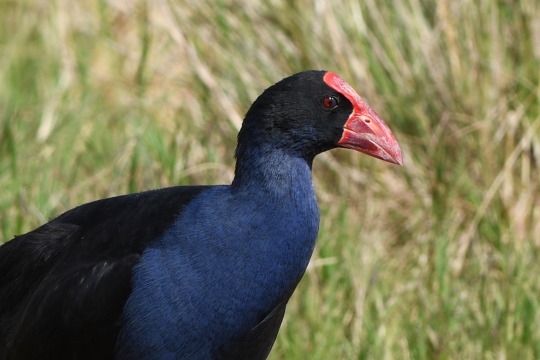



#birds#birding#ornithology#special interest#bird#bird photography#birdblr#australian birds#purple swamphen#rallidae
23 notes
·
View notes
Text

Grey-headed Swamphens (Porphyrio poliocephalus), raising a ruckus, family Rallidae, order Gruiformes, Vembanad Lake, India
photograph by Agasty Roy Arpita
1K notes
·
View notes
Photo

American Coot (Fulica americana)
© Derek Hameister
213 notes
·
View notes
Photo
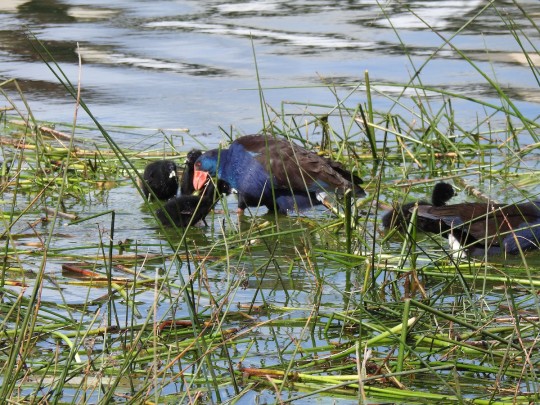
Australasian Swamphen (Porphyrio melanotus)
© Marcus Singor
38 notes
·
View notes
Photo

Dusky Moorhen (Gallinula tenebrosa)
© Alfons Lawen
97 notes
·
View notes
Text
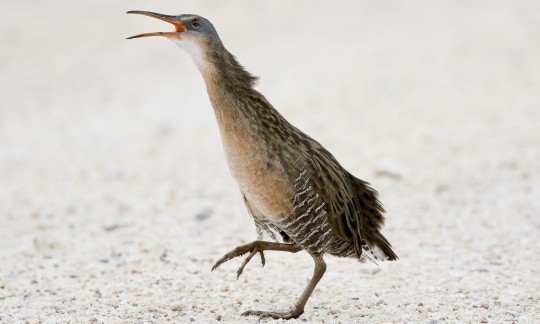
[2495/11080] Clapper rail - Rallus crepitans
Order: Gruiformes
Family: Rallidae (rails)
Photo credit: Aaron Boone via Macaulay Library
396 notes
·
View notes
